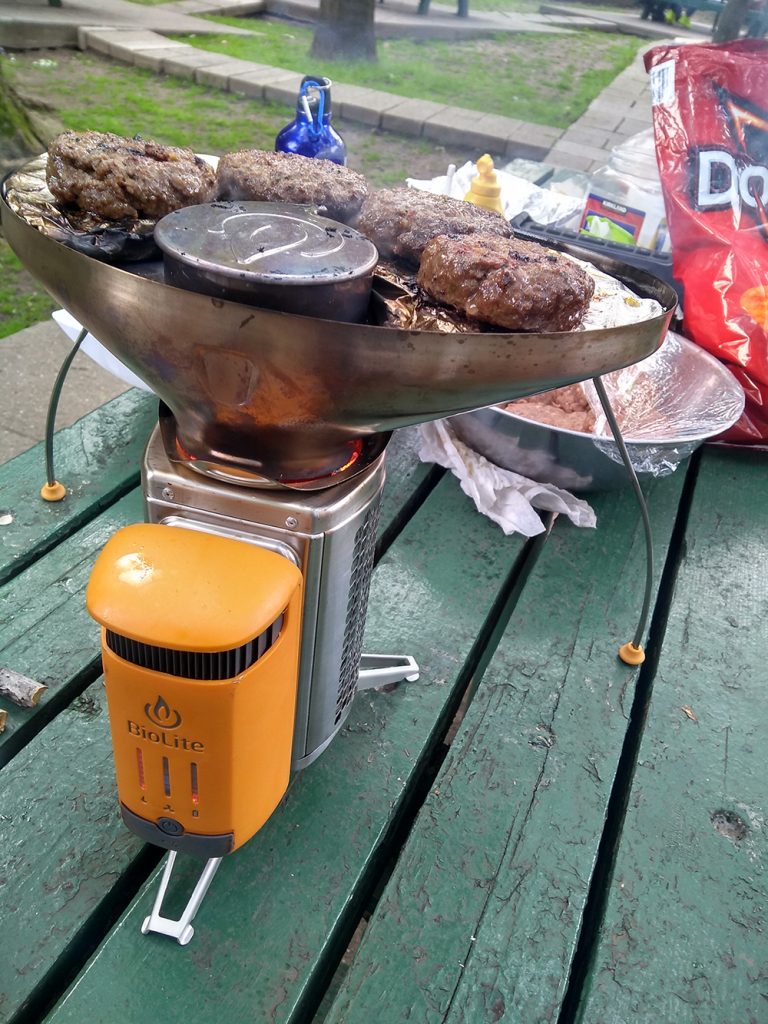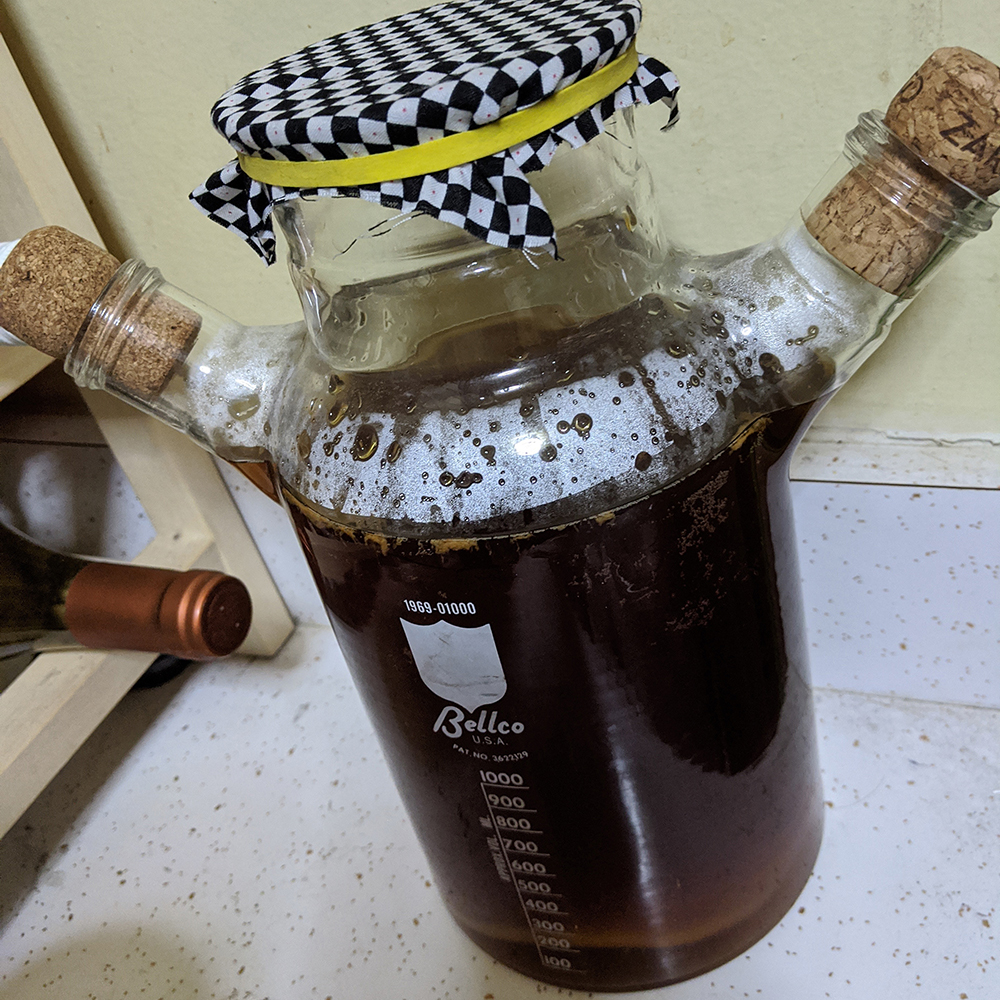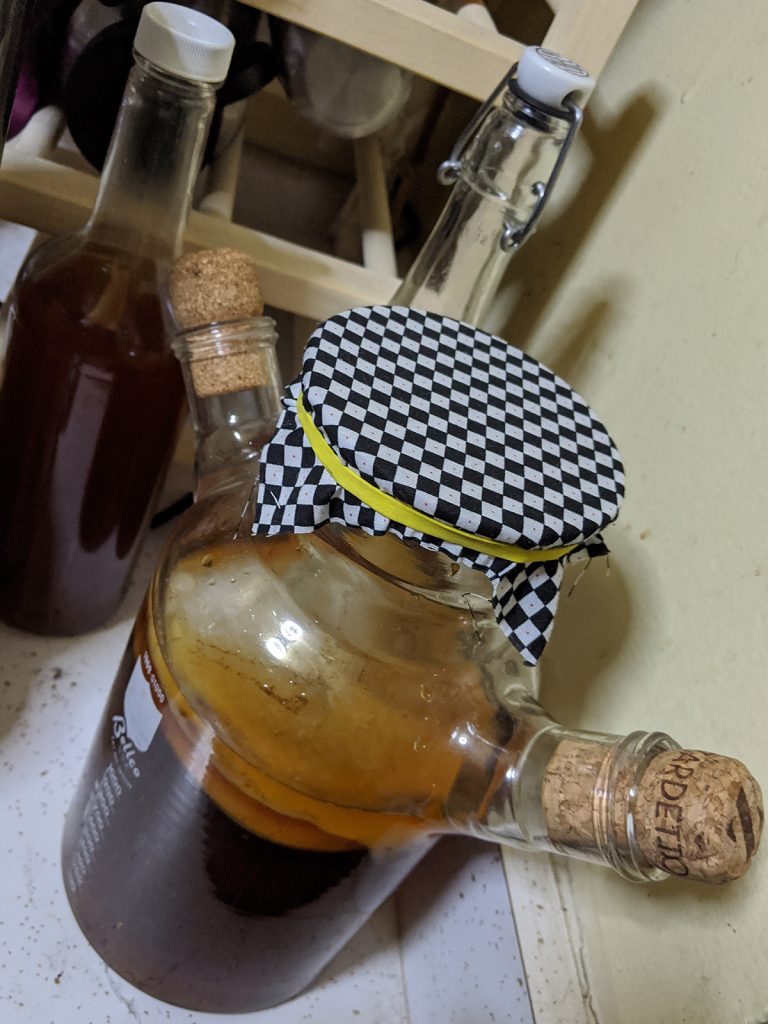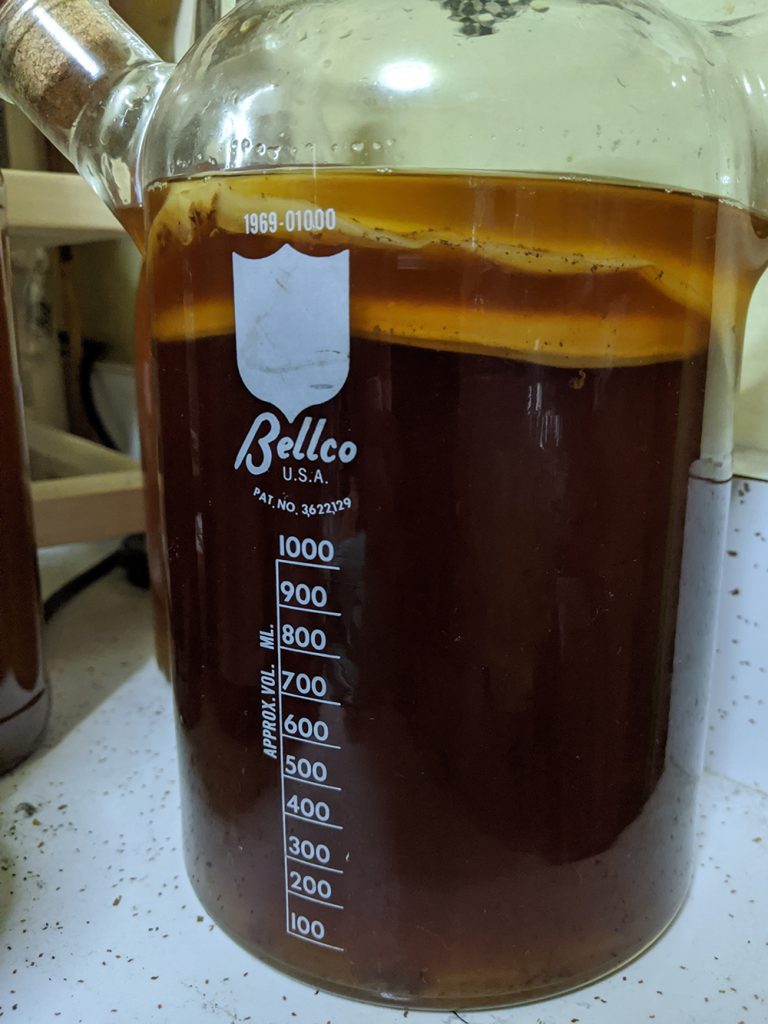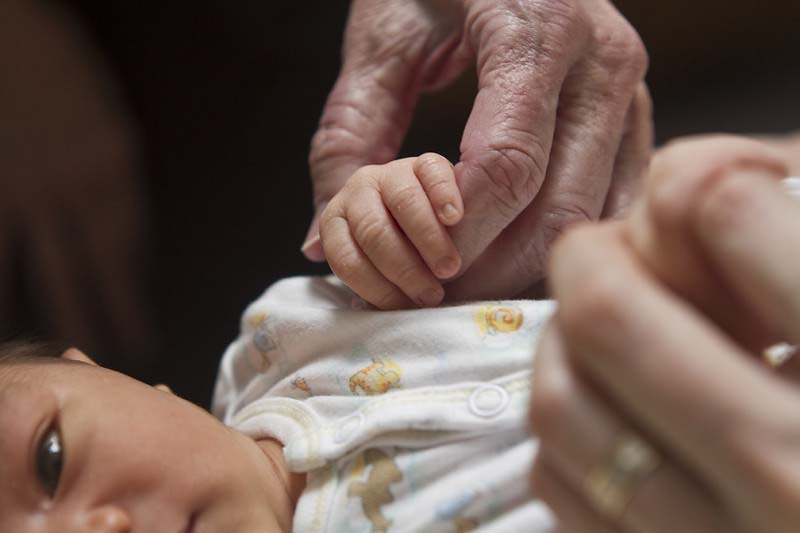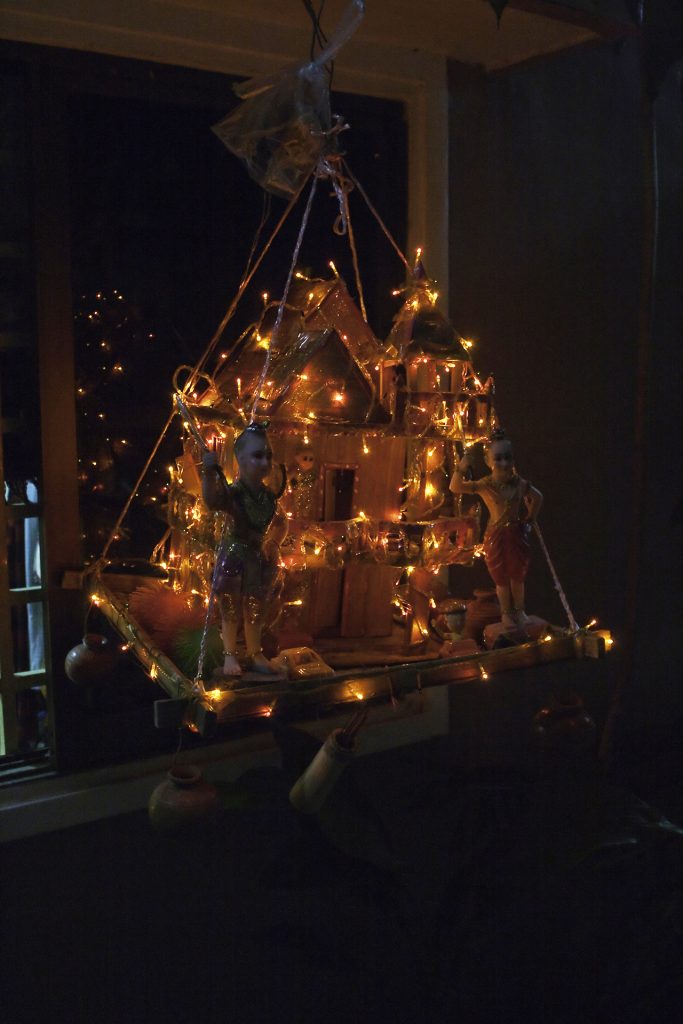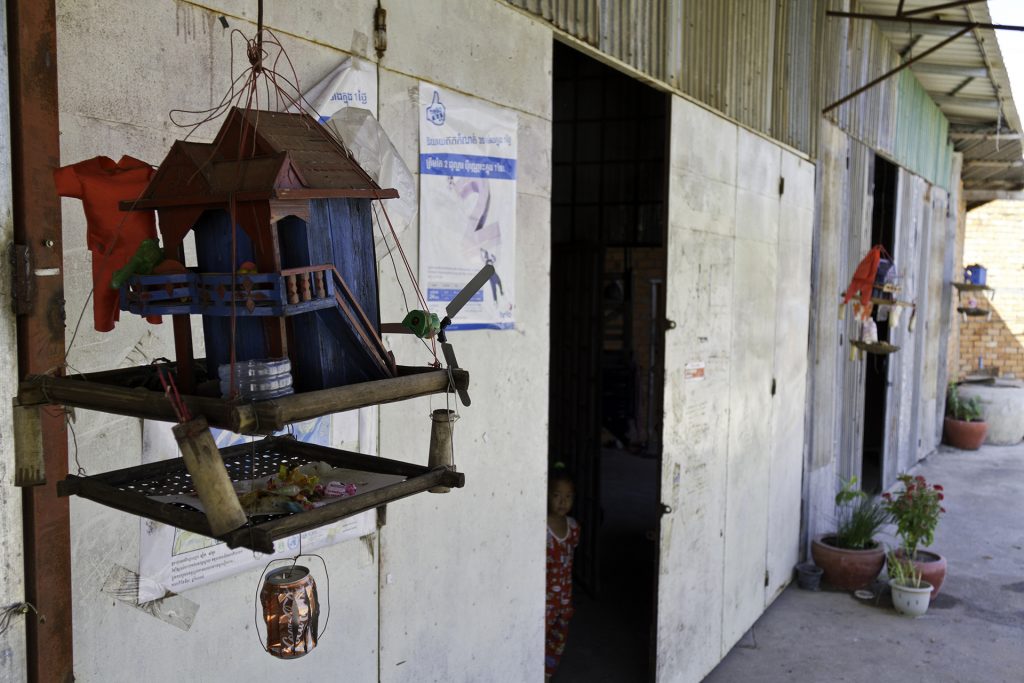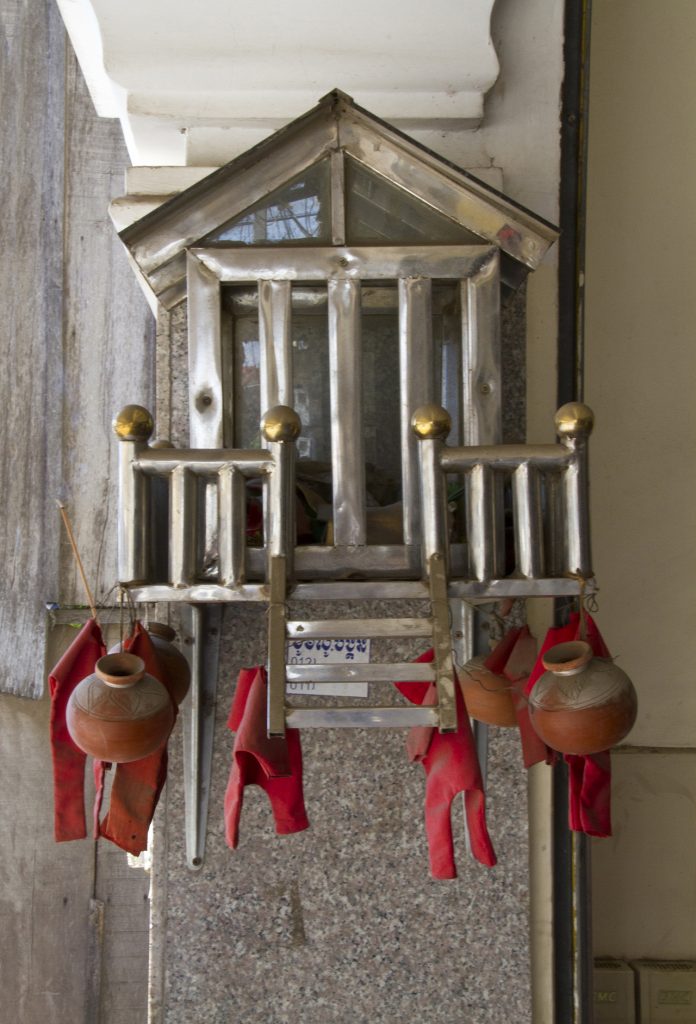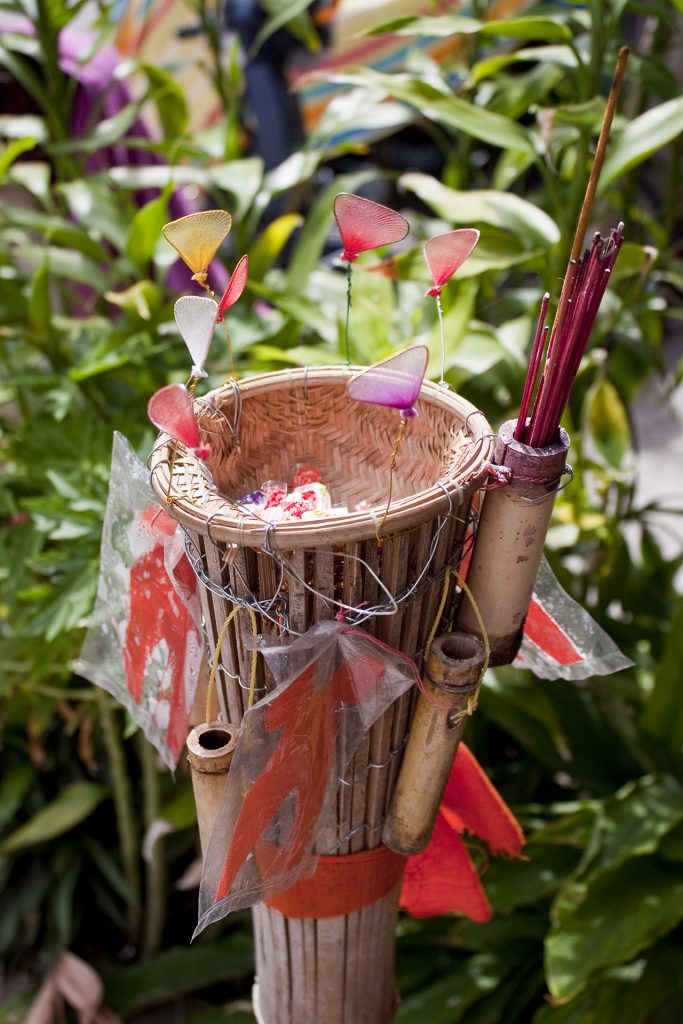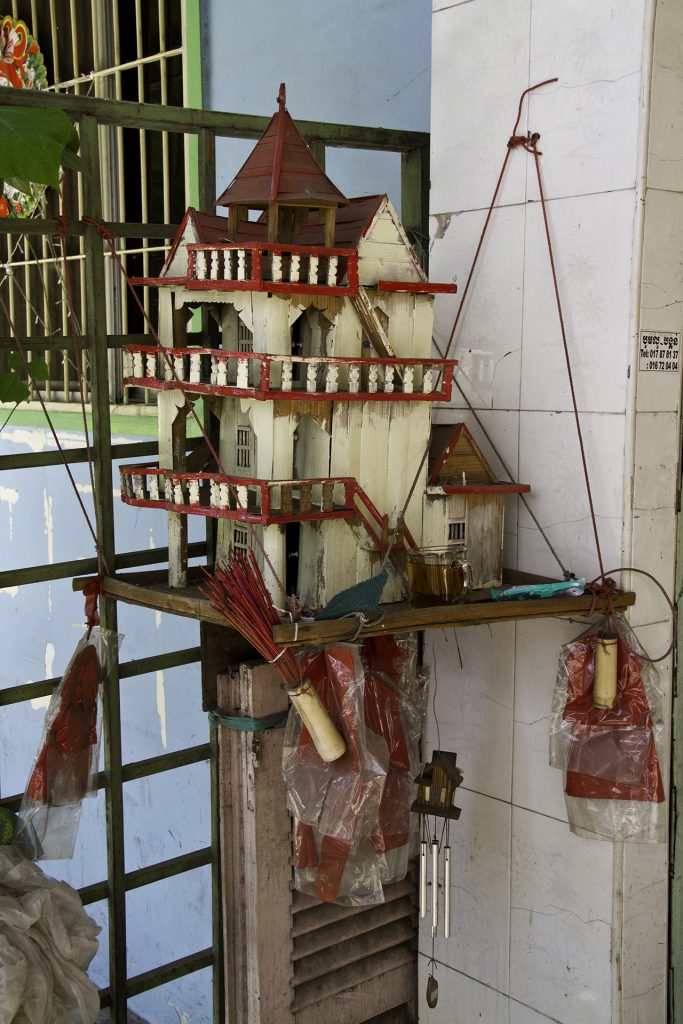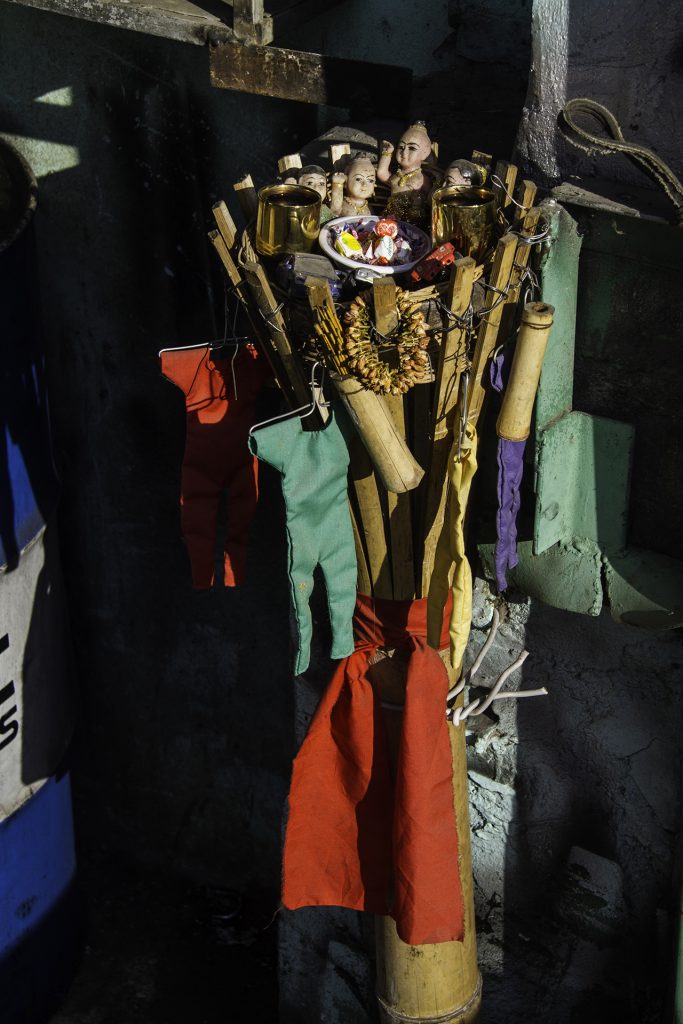It’s the holly jolly season year 2020 and we’re looking for things we can do safely, outside the house.
In NYS/NYC we’re thankfully not seeing the catastrophic surge that the rest of the country is now reeling from. But we’re seeing spikes across indicators (indoor activities will be restricted in NYC in a few days). And the vaccine rollout seems to agitate everyone into increasingly careless behavior. It’s like we’re in limbo – help’s on the way, but there are so many caveats and really we’re still in the throes of incompetence until that stupid buffoon is dragged kicking and screaming out of the White House. With all the mediocre-white-guy stupidity within the GOP my diet has often been reduced to late night popcorn and bubbly.
So sad but our exit strategy has been blocked all year 😭:
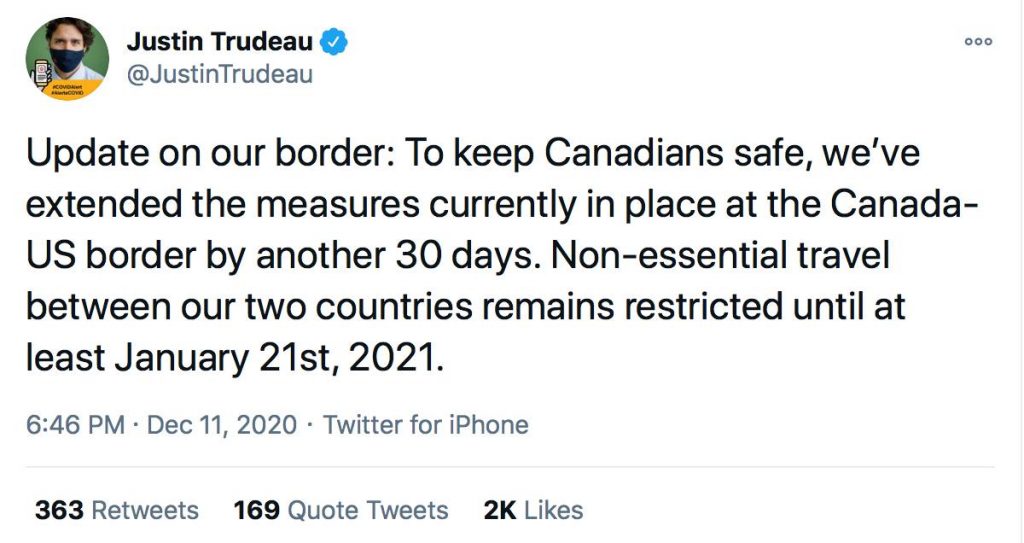
It hasn’t been too cold yet, thankfully, so we’ve been able to do outdoorsy stuff and aren’t cooped up as much as the spring.
With the newly-bald fauna, birds are all about the handouts. You literally only have to find some bramble anywhere in the city and put some feed out, and you’ll be the happening spot for warblers, titmouse, cardinals, chickadees, etc.
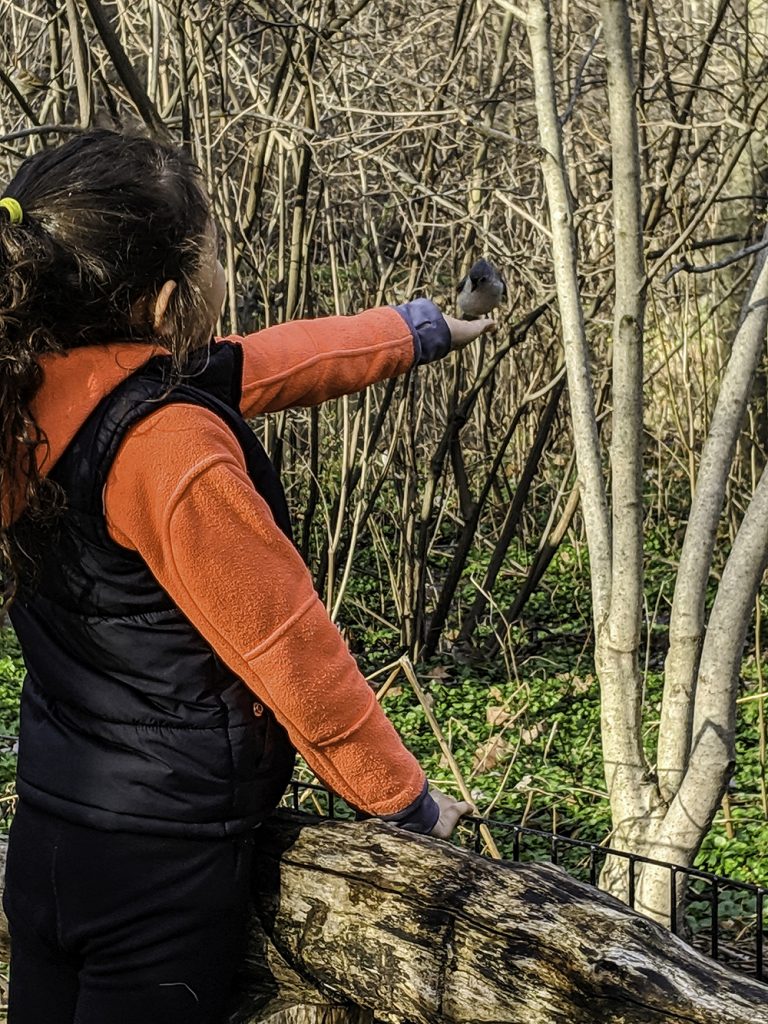
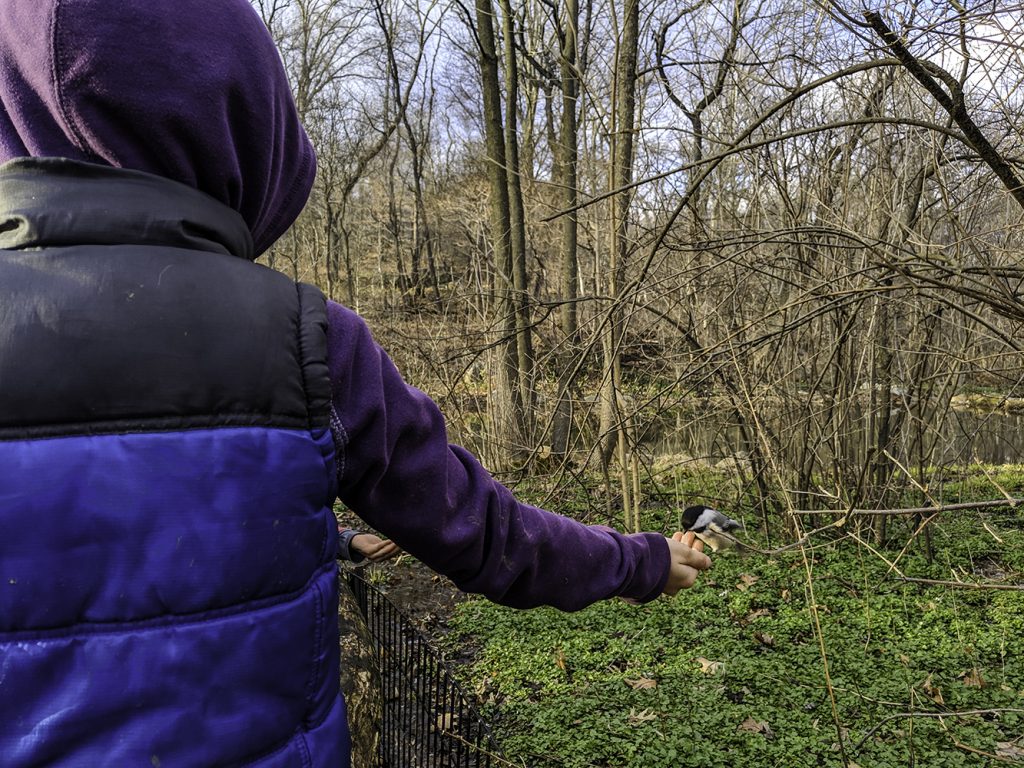
And why waste an opportunity to keep these kids out and tire them out? We brought the grill and had a picnic while they scrambled around Central Park’s geological quirks. Did you know that vast sheets of ice age glaciers once plowed across Manhattan, dragging and dropping a trail of rocks, today known as glacial erratics? You can see a lot in Central Park. (I took a fascinating tour once through the iconic park with Sidney Horenstein, a geologist from the American Museum of Natural History. RIP.)
